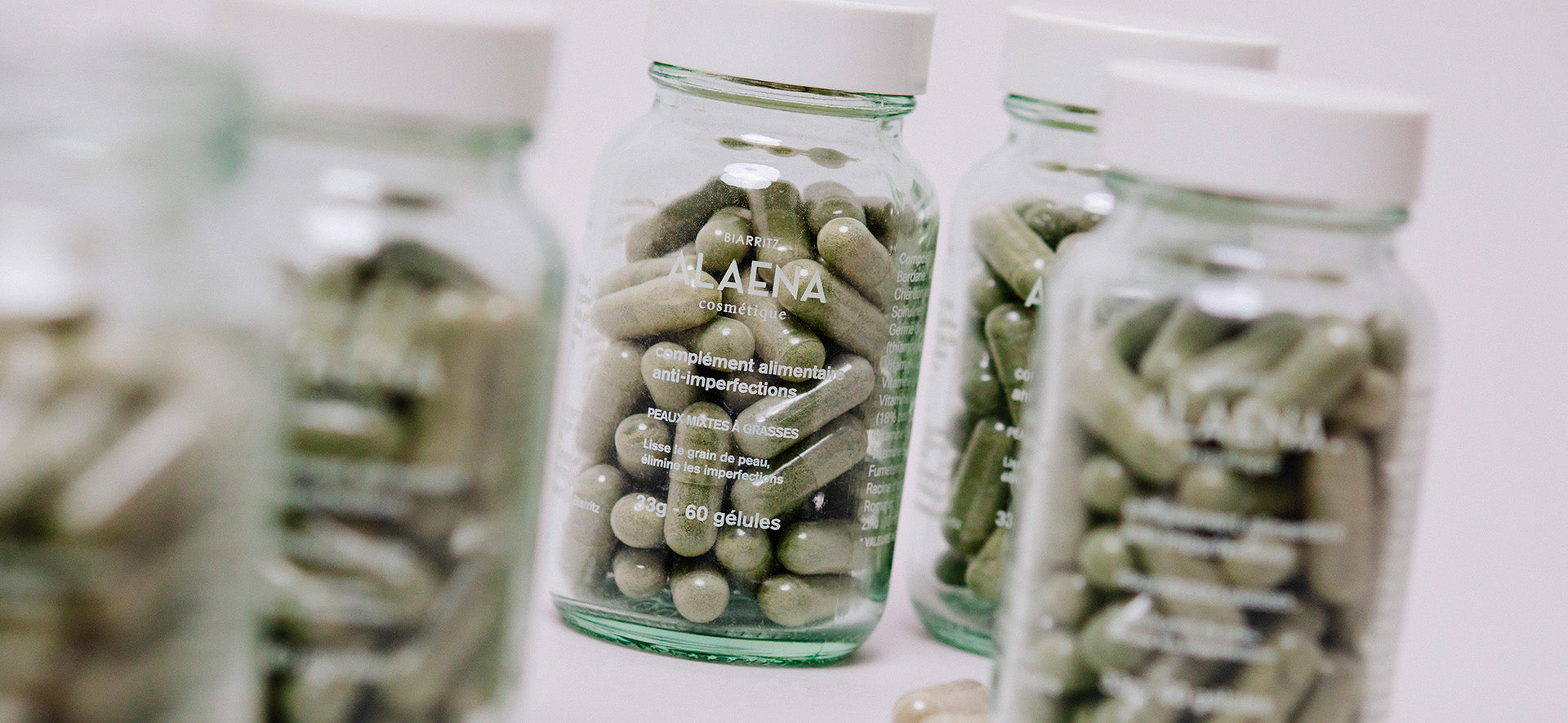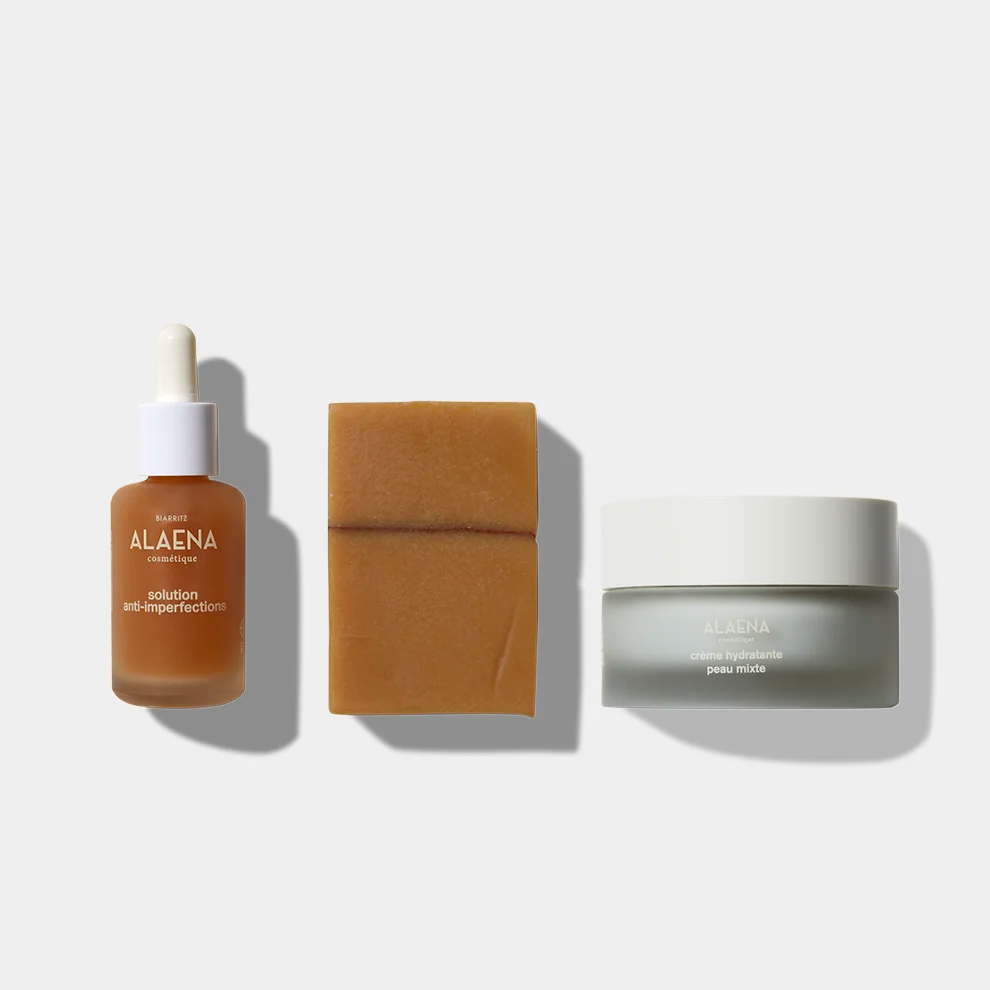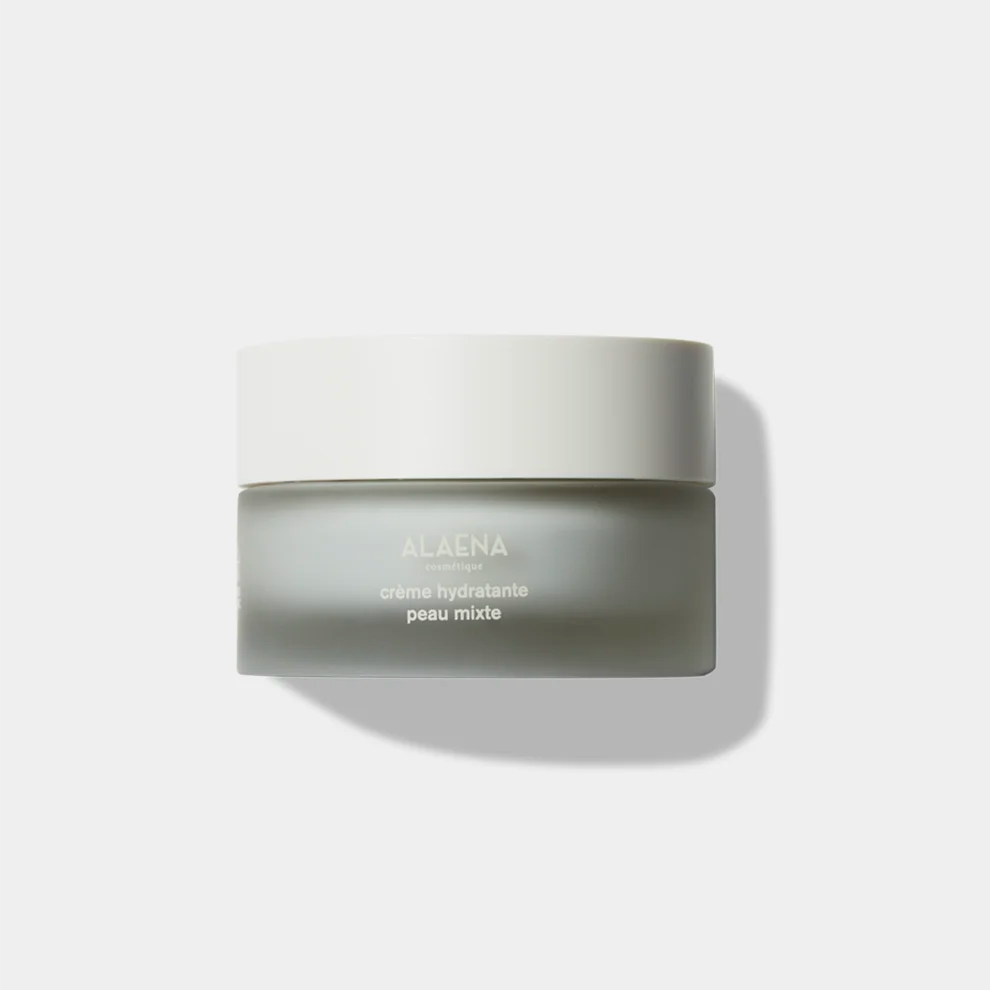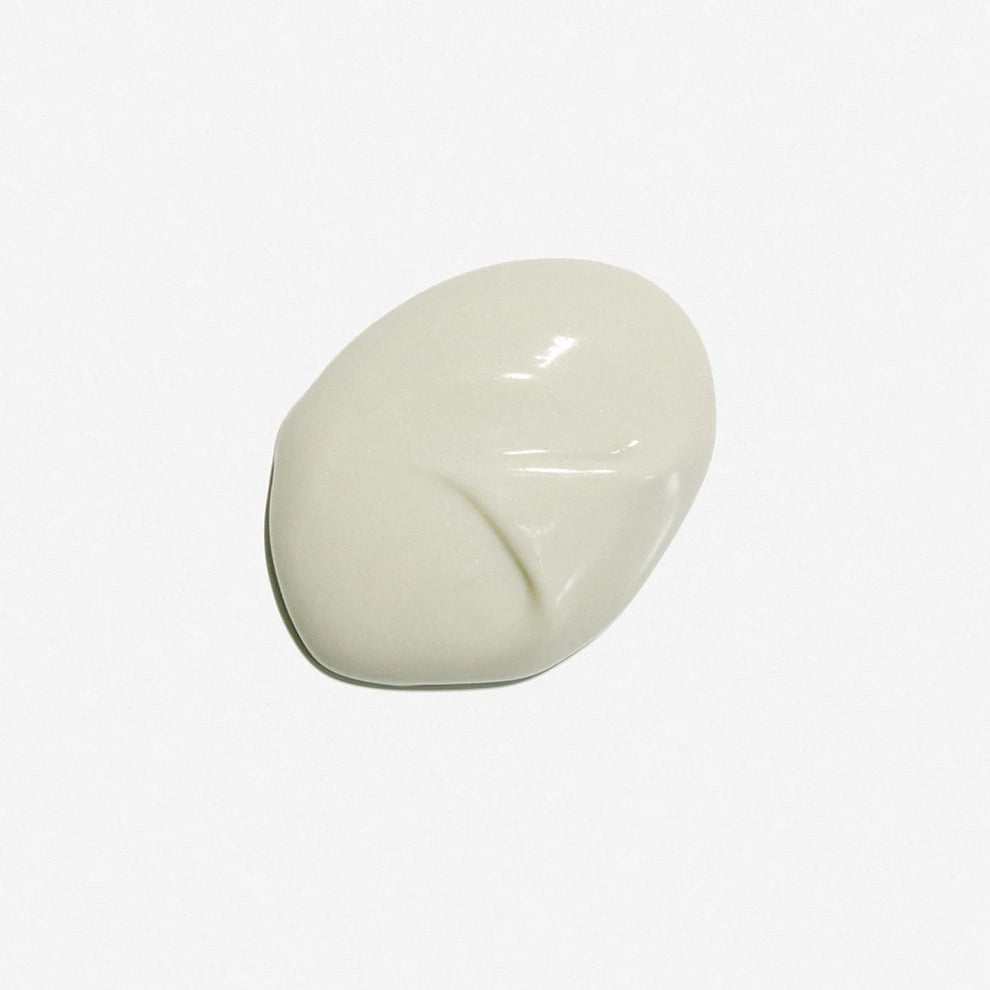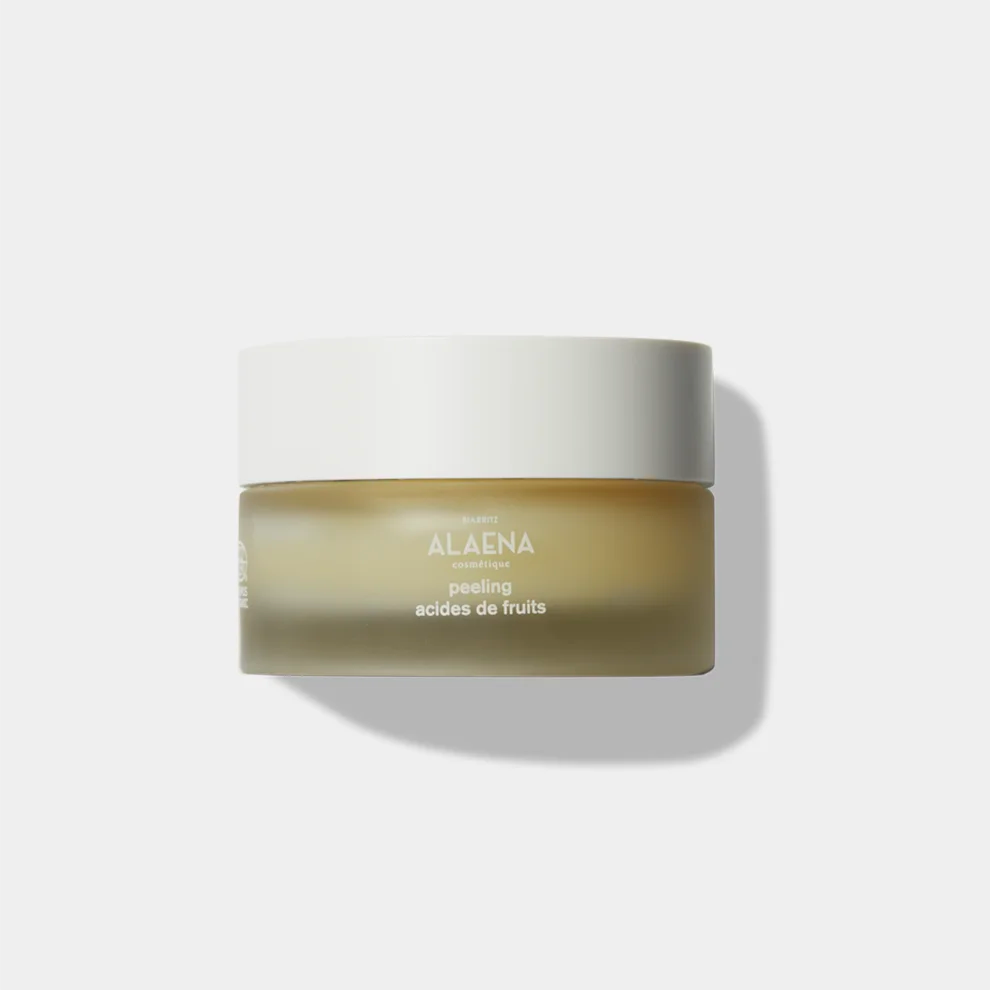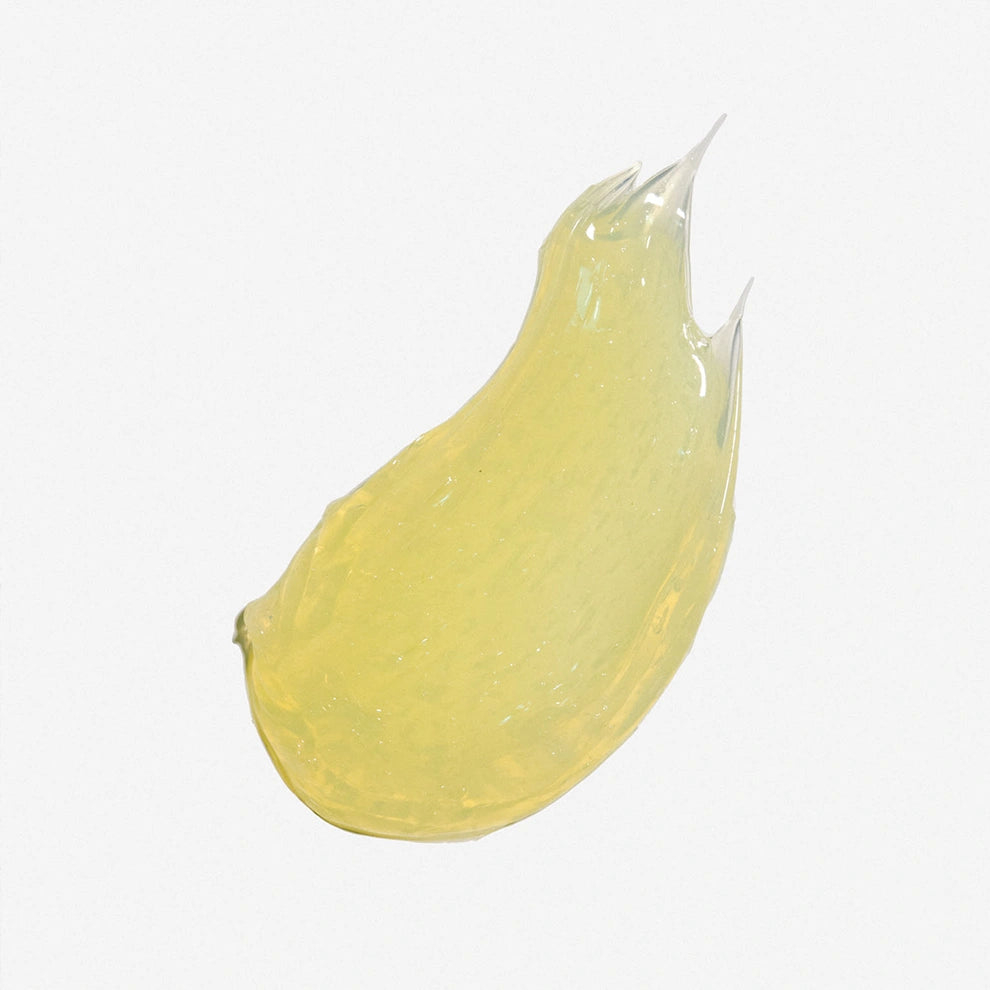Acne Guide
Understanding Acne
Here you will find the keys to understanding the causes of this pathology, the mechanisms involved and how to treat them.
A condition once reserved for adolescence, acne is now a problem encountered by more and more adult women. Implementing these recommendations should allow you to both improve the quality of your skin and also a general well-being and avoid other pathologies because the causes of acne reveal some global imbalances that are important to treat. Acne is a common dermatological disease characterized by the presence of comedones, blackheads and microcysts that are often red (inflammatory), large and white (excess sebum). These lesions are mainly located on the face (cheeks, forehead, chin), neck and back. In the longer term, it can give rise to persistent scars, which is why it is important to treat them quickly. It is important to note that acne is a modern disease, due to our Western lifestyle. Indeed, acne is non-existent among primitive peoples, with a non-industrialized lifestyle.
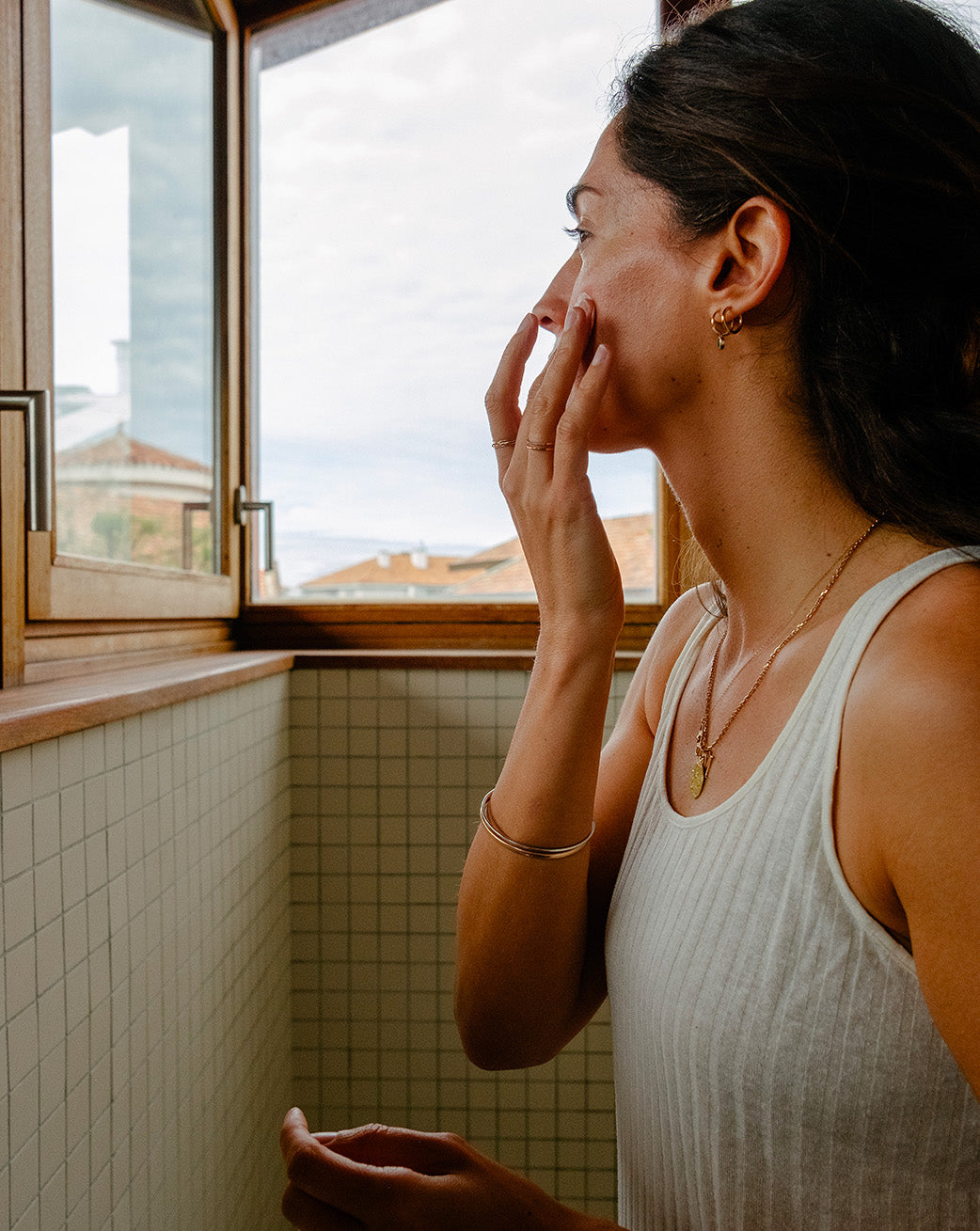
What causes acne?
Acne is a chronic inflammatory disease of the pilosebaceous unit (see diagram). The sebaceous gland produces sebum, which helps maintain the hydration of the epidermis, its suppleness and softness, as well as the balance of the skin's bacterial flora (skin microbiota). The functioning of the sebaceous glands is linked to hormonal activity: sebum production is particularly greater during adolescence or pregnancy, periods of high hormonal activity.
Acne is the direct consequence of three phenomena: - Seborrhea, consisting of excessive sebum production - Hyperproliferation of skin cells - Proliferation of the C. acnes bacteria leading to skin inflammation (relief on the skin and redness). The three phenomena mentioned above are themselves the consequence of different factors that interact with each other: - The cells of the sebaceous gland are very sensitive to hormones (insulin, IGF-1, androgen). During hormonal disorders, sebum production is altered (qualitatively and quantitatively), the channel at the entrance to the sebaceous gland becomes blocked and inflammatory phenomena arise. Excess androgens, estrogens, puberty and various hormonal fluctuations in women (pill, IUD, pregnancy) give rise to hormonal changes that can have an impact on acne.
- The role of the skin microbiota - the set of microorganisms present on the skin's surface. When the skin microbiota is balanced, good bacteria limit the growth of C. acnes (which is also always present) and limit the inflammatory reaction. But any infection, aggression, or bacterial resistance due to antibiotic use can cause overcolonization by C. acnes and an imbalance in the composition of the skin microbiota, causing skin inflammation. In treating acne, it is therefore not necessary to remove C. acnes but to restore the balance and the presence of other bacteria.
- Environmental factors play a major role in acne pathology because they promote an inflammatory process and weaken the microbiota (cutaneous and intestinal). Stress, lack of sleep, repeated medication use, tobacco, poor diet, and unsuitable cosmetics are factors that may contribute to the development of acne.
- Genetic predispositions : people whose parents had acne problems are more likely to suffer from it themselves. This hereditary process is now explained by the heredity of the skin microbiota. Understanding the origin of acne is important in order to establish an appropriate ritual in order to: rebalance the skin microbiota without attacking it regulate the secretion and composition of sebum reduce inflammation.
Understanding the origin of acne is important in order to establish a suitable ritual in order to: - rebalance the skin microbiota without attacking it
- regulate the secretion and composition of sebum
- reduce inflammation
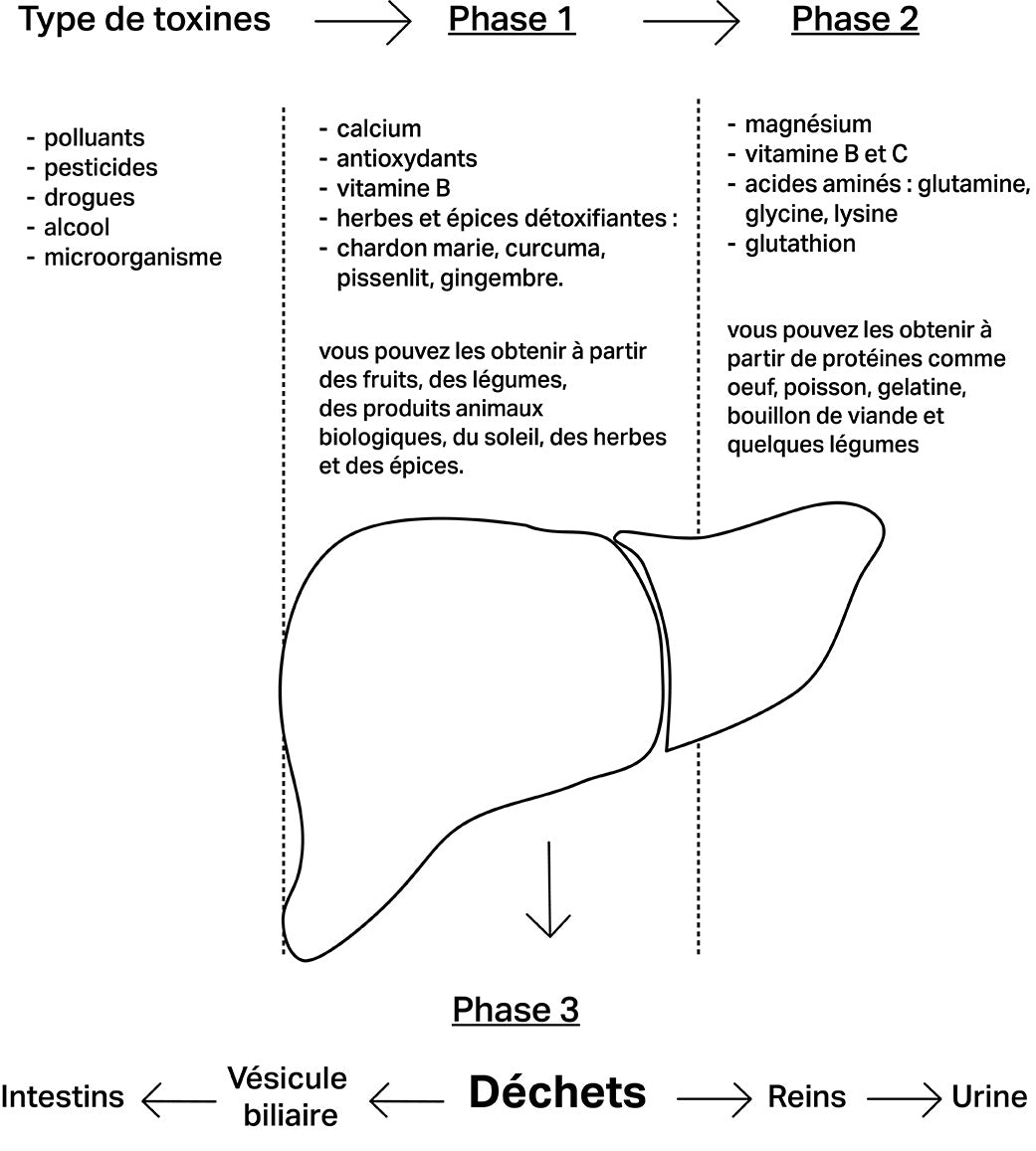
Liver detoxification
The functions of the liver:
- stores fats and sugars in the form of glycogen, it produces lipoproteins to transport lipids, iron (ferritin)
- distributes nutrients from the intestine to the organs that need them
- synthesizes coagulation factors, growth hormone, vitamins (vitamin D)
- allows the digestion of fatty substances thanks to bile. Detoxification of the liver allows to sort and eliminate toxins and waste from the body thanks to enzymes such as cytochrome.
The toxins are:
- endogenous such as hormones; the liver is particularly important for the elimination of androgens which play a key role in acne,
but also - exogenous such as medicines, tobacco, alcohol, pesticides and other chemicals including endocrine disruptors
The anti-blemish food supplement
How does the Alaena anti-blemish food supplement work?
The Alaena anti-blemish food supplement will act on all stages of liver detoxification by providing the necessary cofactors.
Milk thistle
Phase 2 anti-inflammatory and antioxidant
It protects hepatocytes and prevents fatty liver disease. It also regulates carbohydrate metabolism by reducing insulin resistance.
Rosemary
Acts on phases 1 and 2 of liver detoxification
Thanks to carnosic and rosmarinic acid, but by stimulating blood circulation, it helps eliminate toxins in Phase 3. It is also hypolipidemic and regulates blood sugar. Finally, it has disinfectant and anti-inflammatory properties that are beneficial for acne lesions.
Nettle root
It acts in phase 3
through its action on maintaining kidney function and eliminating toxins through urine. It is also known for its action on 5 alpha reductase, an enzyme that transforms estrogen into androgen in the skin. It therefore has an anti-seborrhea effect.
Burdock
Phase 2 anti-inflammatory and antioxidant protects hepatocytes and prevents fat engorgement (hepatic steatosis). In addition, it regulates carbohydrate metabolism by reducing insulin resistance.
Buckwheat germ
Titrated in vitamin B, it is an important cofactor in hepatic detoxification (phase 2)
Spirulina
Co-factor of phase 1 and phase 3 rich in iron, amino acids, B vitamins, minerals and trace elements
Zinc
Its anti-inflammatory and antioxidant properties help prevent the formation of acne lesions and the redness associated with acne. It will also play an important role in accelerating the healing of lesions.
Fumitory
For centuries, fumitory has been used to treat skin diseases. The plant is recommended for normalizing bile secretion and reducing painful biliary spasms. It is also used to alleviate the pain of hepatic migraines.
Who is Alaena anti-blemish food supplement for?
✔ Acne, hyperandrogenism, polycystic ovarian syndrome (PCOS)
✔ People on contraceptive pills, hyperestrogenism (breast tension, fibroids)
✔ People suffering from premenstrual syndrome
✔ Taking medication (overloads liver function), increased contact with pollution or other chemicals (tobacco, alcohol, pesticides)
✔ Migraines, chronic fatigue, sleep disorders, especially waking up after 4 a.m.
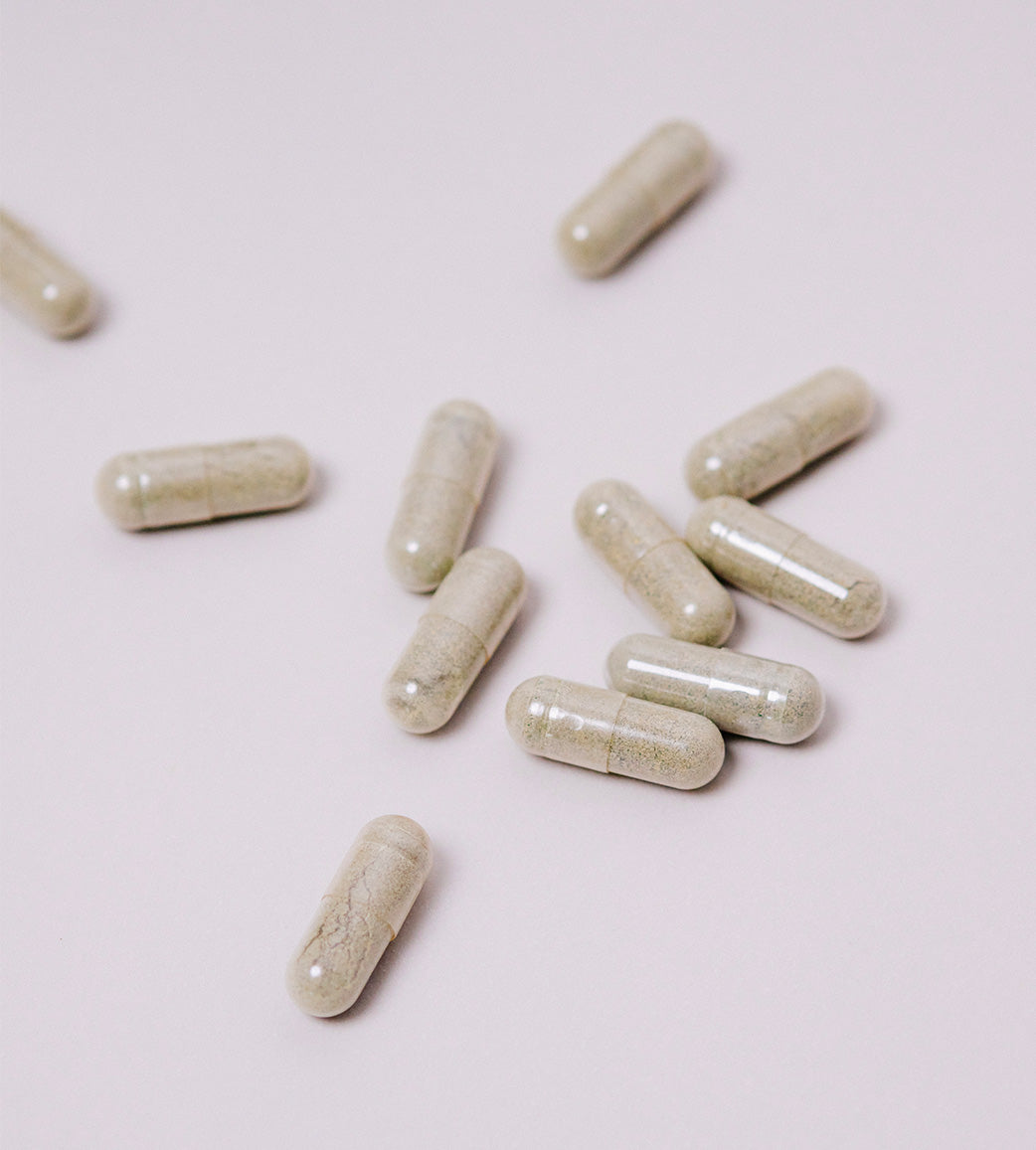

Use
2 capsules in the morning with a glass of water, preferably on an empty stomach.
If this is unpleasant, you can take it with breakfast. 1 pillbox = 60 capsules = 1 month course of treatment
Anti-imperfection ritual
Will I notice a detox phase on my skin?
In acne, sebum produced contains toxins and is pro-inflammatory. Detoxification will promote the elimination of these toxins and regulate the metabolism of carbohydrates, lipids, and androgens. During this "cleansing" period, acne breakouts are possible.
This can take up to two months before you see lasting healing of your acne. However, you will quickly see benefits in terms of your complexion's radiance, improved skin texture, and digestive comfort.
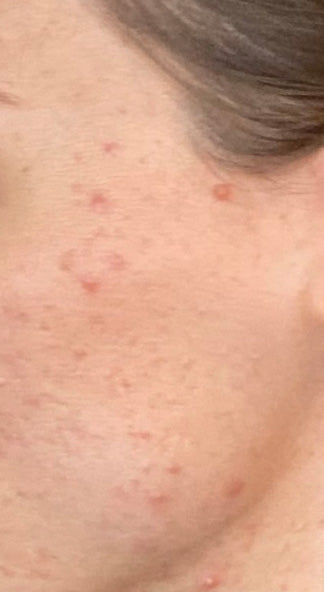
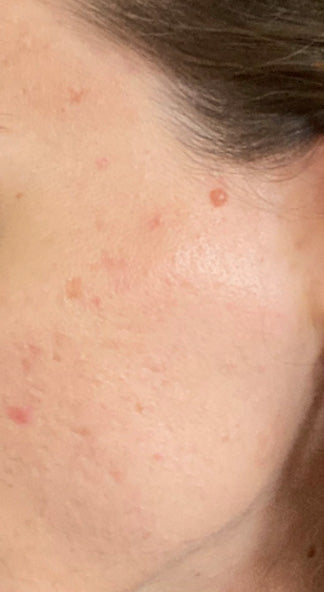
Results
Tests carried out on 30 patients by dermatologist Dr. Sylvie Peres.
100% of patients report feeling their spots are less inflamed.
92% of patients report feeling their spots reduced.
90% of patients report feeling their complexion more radiant.
90% of patients report feeling an improvement in their digestion and transit.
83% of patients report feeling their skin less oily.
Should the supplement be taken as a course of treatment or continuously?
We recommend a minimum 3-month course of treatment to see the full effects. The benefits on complexion radiance are quickly felt, as are improvements in skin texture and digestive comfort.
However, you may experience a “cleansing” period where an acne outbreak is possible.
This can last several weeks before you see lasting healing of your acne.

